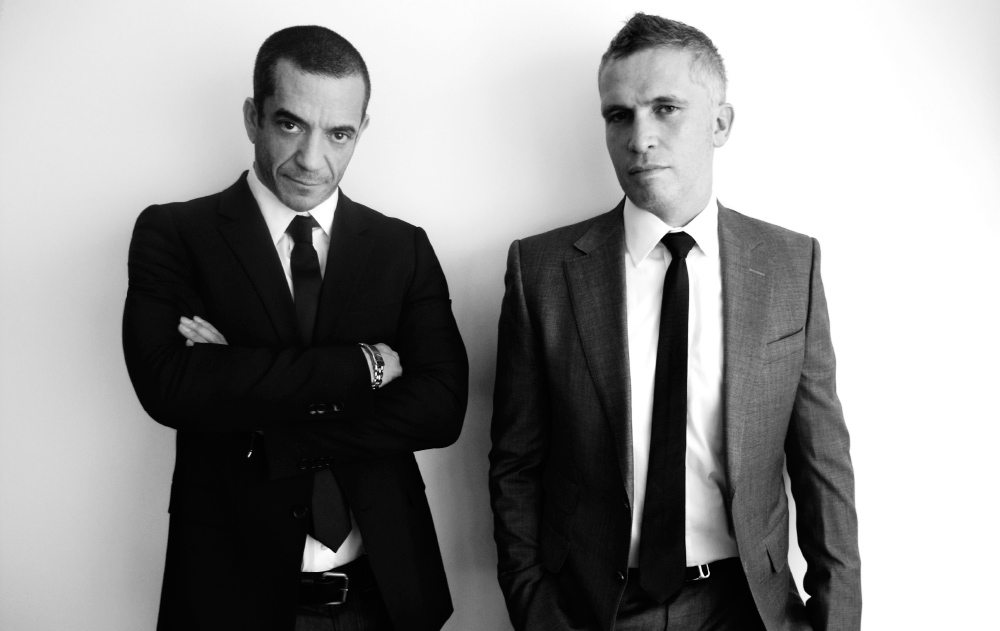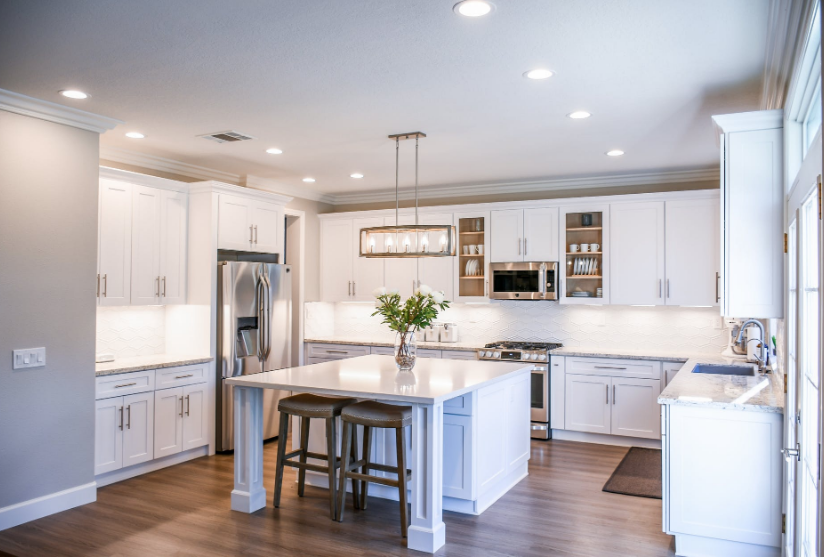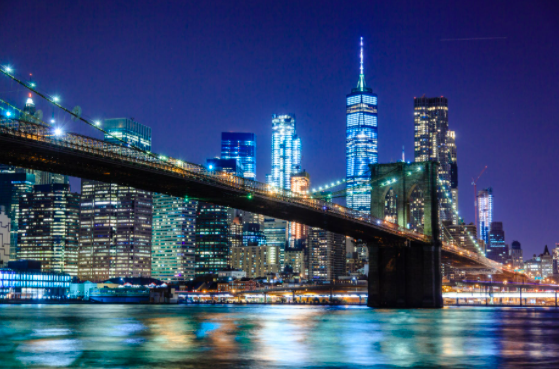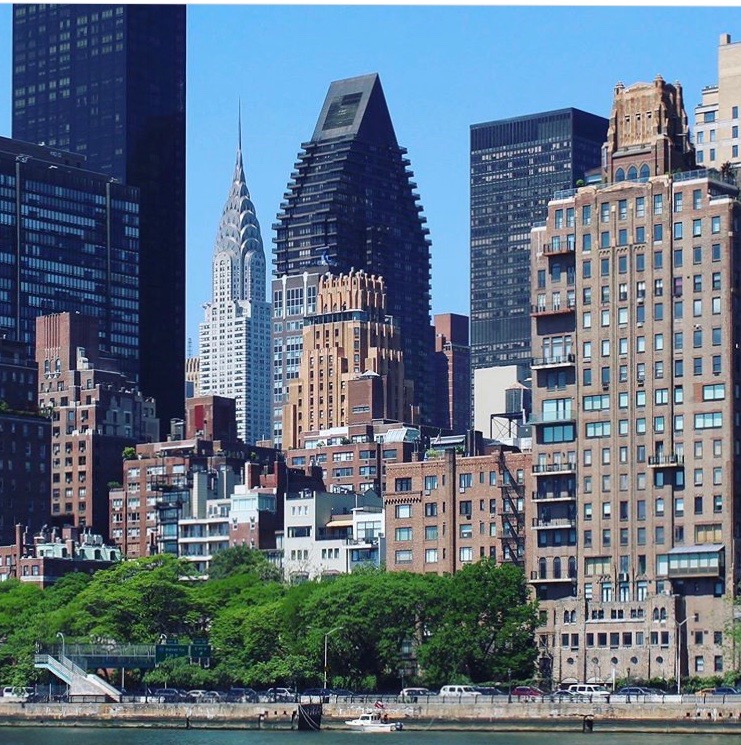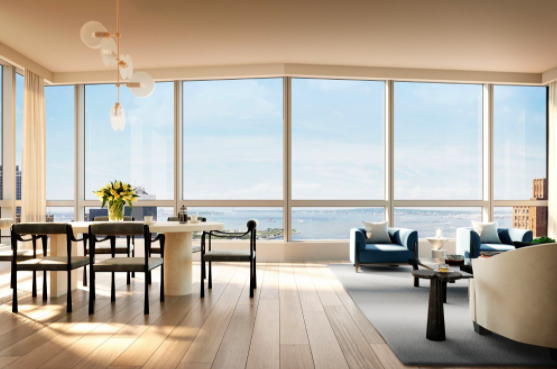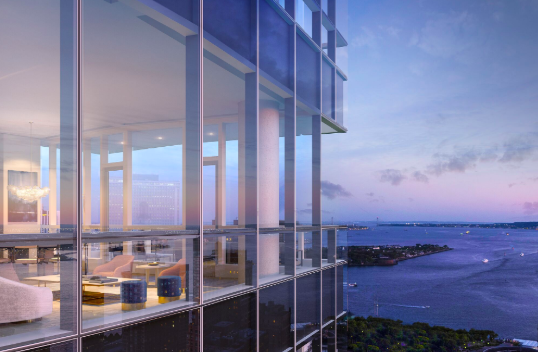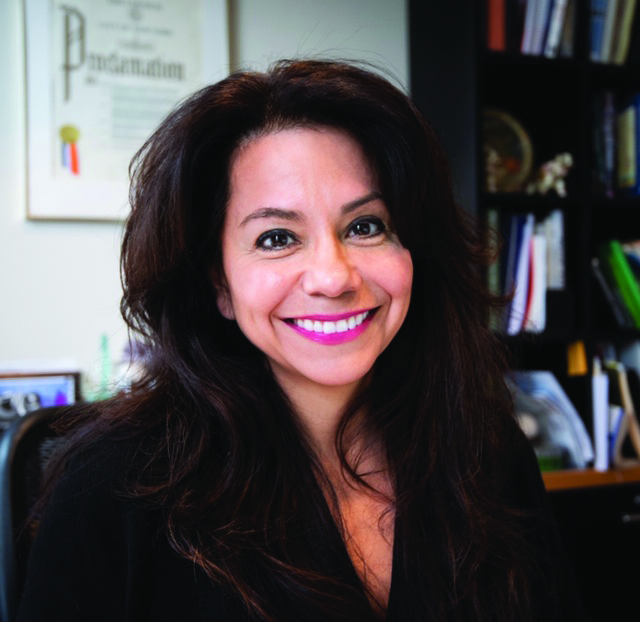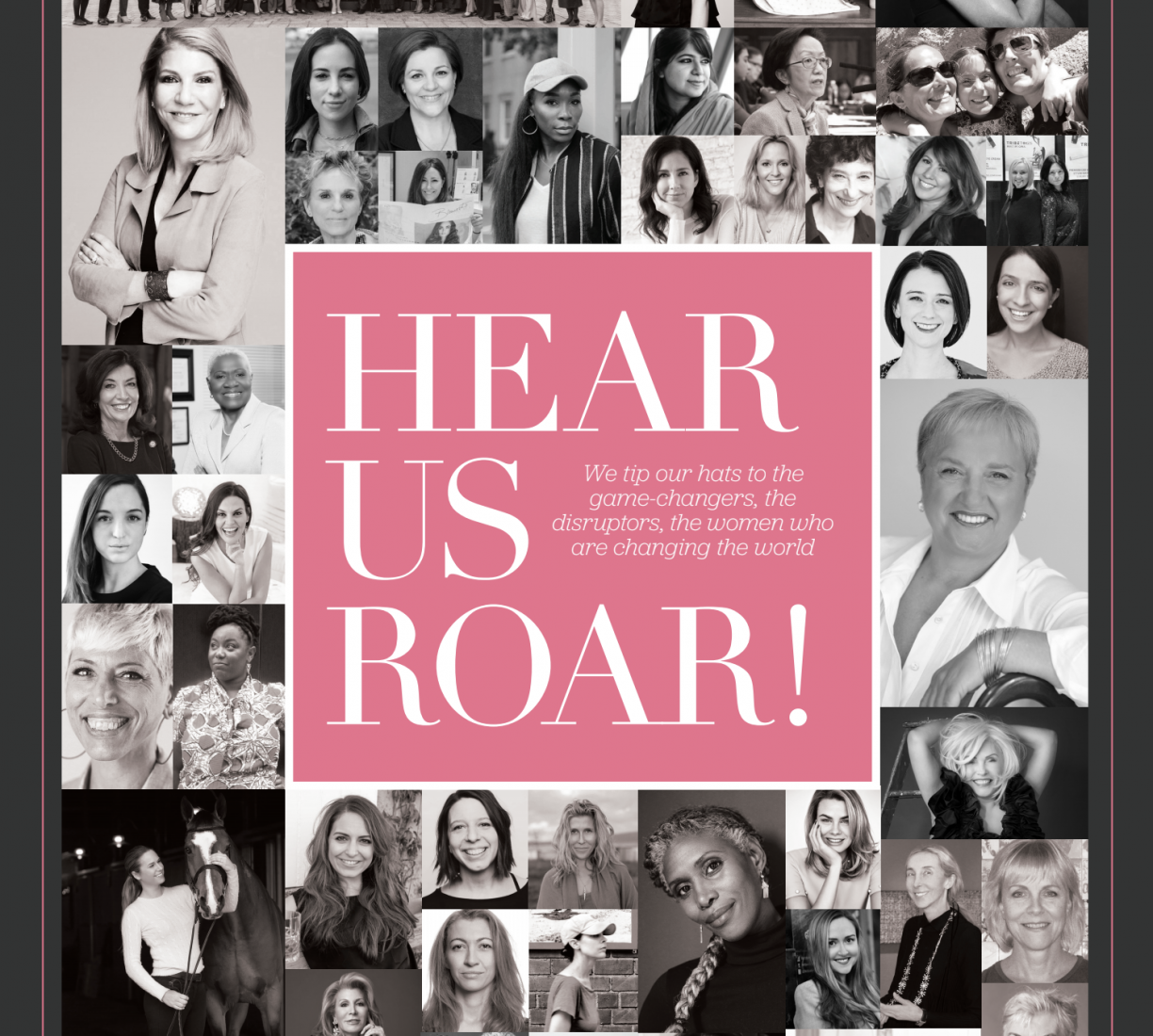Taking a spin off my colleague Darren Paltrowitz’s “Really Busy People” column, I’ve decided to do something similar, however, instead of profiling those in the entertainment industry, I will be featuring different developers, architects, designers, brokers and agents around New York City in this weekly column called “The Real New York.”
Messana O’Rorke, founded in 1996 by Brian Messana and Toby O’Rorke, is an architectural firm known for their simplistic, yet sleek, modern and sophisticated designs. Most of their projects take place downtown, however, the team has brought their downtown design aesthetic to the newly converted 200 East 62nd St. They redesigned the interiors, amenities, lobby, as well as a unique porte-cochère. In addition to their massive portfolio of projects and redesigns around New York, the firm has also worked with other clients around the world, including Donna Karan for the DKNY store in Geneva, Switzerland.
I had the pleasure of meeting and speaking with Brian to talk about his work as an architect, and learned how the design aesthetics vary between the downtown and uptown neighborhoods.
How did you and your partner (Toby O’Rorke) meet and eventually start a company together?
Brian Messana: We were at college together in Virginia. We both moved to NYC in 1989, and collaborated on a few small projects. A mutual friend got us involved in designing DKNY stores, which became the catalyst for starting our own firm in 1996.
What have been some of your most proudest achievements/accomplishments thus far?
BM: Being in business for twenty years, maintaining and evolving a consistent design aesthetic.
What is the most challenging aspect of being an architect?
BM: Inconsistent work flow.
How has your design process and the way you approach different projects evolved over the time you have worked in this industry?
BM: Our process has remained consistent. Design itself evolves, but the process is consistent.
Do you think there are any common misconceptions about architects?
BM: Architect’s tend to be pigeon holed: residential, commercial, retail, hospitality, entertainment, healthcare, interior, exterior, etc.. The reality is that we are trained to undertake any project, obviously experience can be useful, but in terms of design anything is possible.
How would you compare the downtown Manhattan design aesthetic to other areas of the city?
BM: Design aesthetics in the city generally follow the culture and aspirations of the people who live in those neighborhoods and the types of buildings they inhabit. Downtown tends to be less traditional and more experimental because the building types do not necessarily lend themselves to a traditional life-style. In terms of perception, uptown is traditional and conservative and downtown is liberal and bohemian, but in reality its a question of individual taste and I don’t really believe there are geographic boundaries for that.

